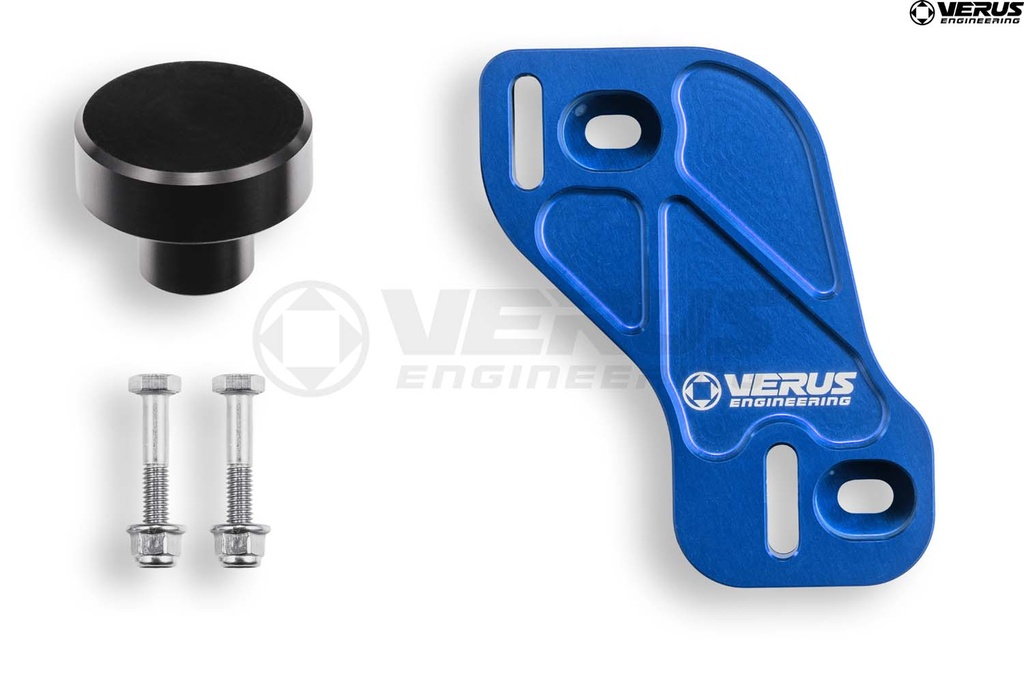When was the last time a car manufacturer was held accountable...Ford Pinto?
Cars are by design supposed to be safe...yet 50k die in them every year.
Clue...less.
Remind me again how many rifles have blown up...not including the one with user error? hysterical...
Car companies have been held liable on a regular basis in court - not to mention every single time an informed consumer makes a purchase - and as a direct result every car sold new in the US far exceeds federal safety standards by a margin that your brain cannot possible comprehend. (It'd be like asking your housecat to explain quantum superposition.)
We (that would be the engineering community to which myself myself and many others in this thread belong) strive to achieve "intrinsically safe" products wherever possible, but it's well understood - maybe not by you since you keep bringing up (incorrect) yearly auto death stats - that this cannot be practically achieved in most products. So we then work to achieve "reasonable risk" via the principles of functional safety. The numbers that constitute reasonably safe vary by application; the automotive electronics modules I help design are generally allowed to violate the strictest safety goals no more frequently than once per cumulative 1 billion hours of operation. That why cars crash because the operators are morons and not because the brake control module or electric power steering assist systems fail.
Since firearms are not "intrinsically safe" - there is rapid combustion at ~50ksi about two inches from the user's face - we have to incorporate mechanisms to reasonably reduce the risk of injury or death. Even the most cursory attempt to quantify risks via tools like HARA and FMEA would quickly identify the risk posed by overpressure cartridges, and safety mechanisms to mitigate this fault and the resultant failure would be identified and implemented. For most rifle actions, relatively simple vent mechanisms work acceptable well.
If I were a product liability lawyer and wanted to take Mark Serbu to court, I'd ask to see the following:
1) HARA, DFMEA, and PFMEA to show which risks were identified during design and process development
2) CAE and DVP&R to identify what testing was performed and its results
3) Corrective action reports generated through the lifecycle of the product
That's just a starting point, but my guess is that it'd be enough to sink him on the first day.
You probably won't generate a response worthy of any additional time and effort, so I wish you luck in further salting this discussion so it doesn't further hinder your efforts in distributing questionable products.




